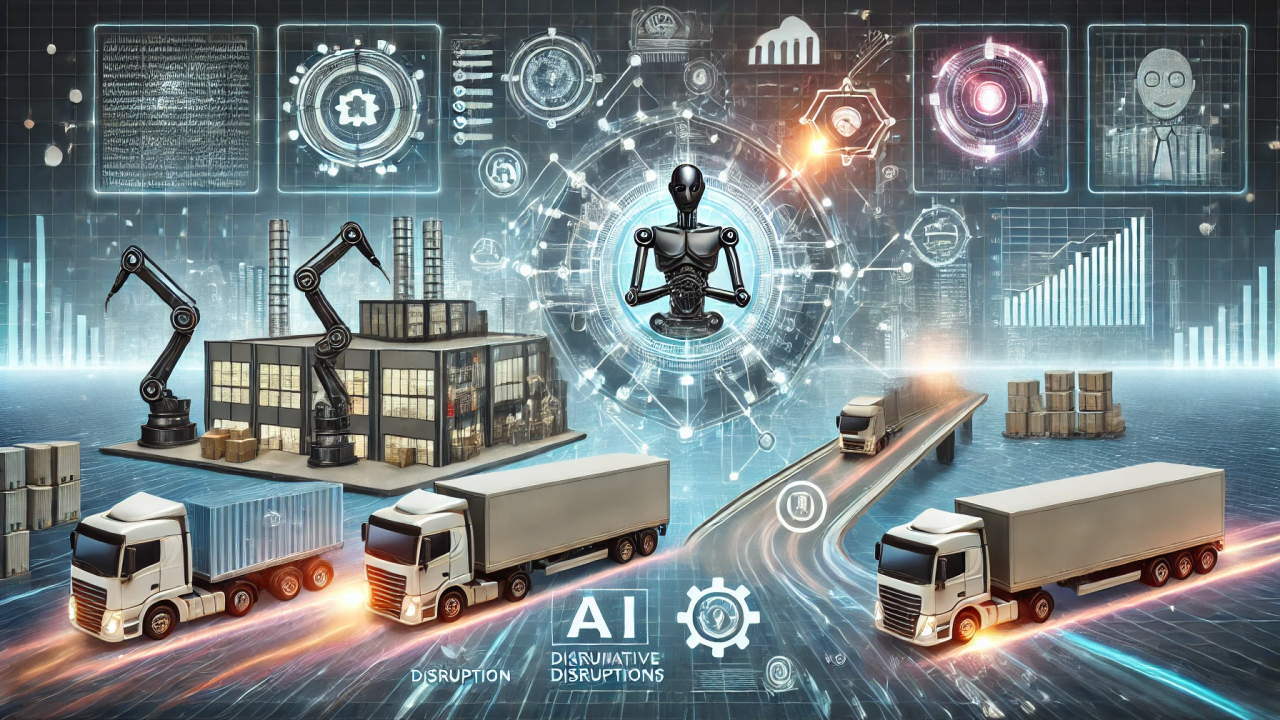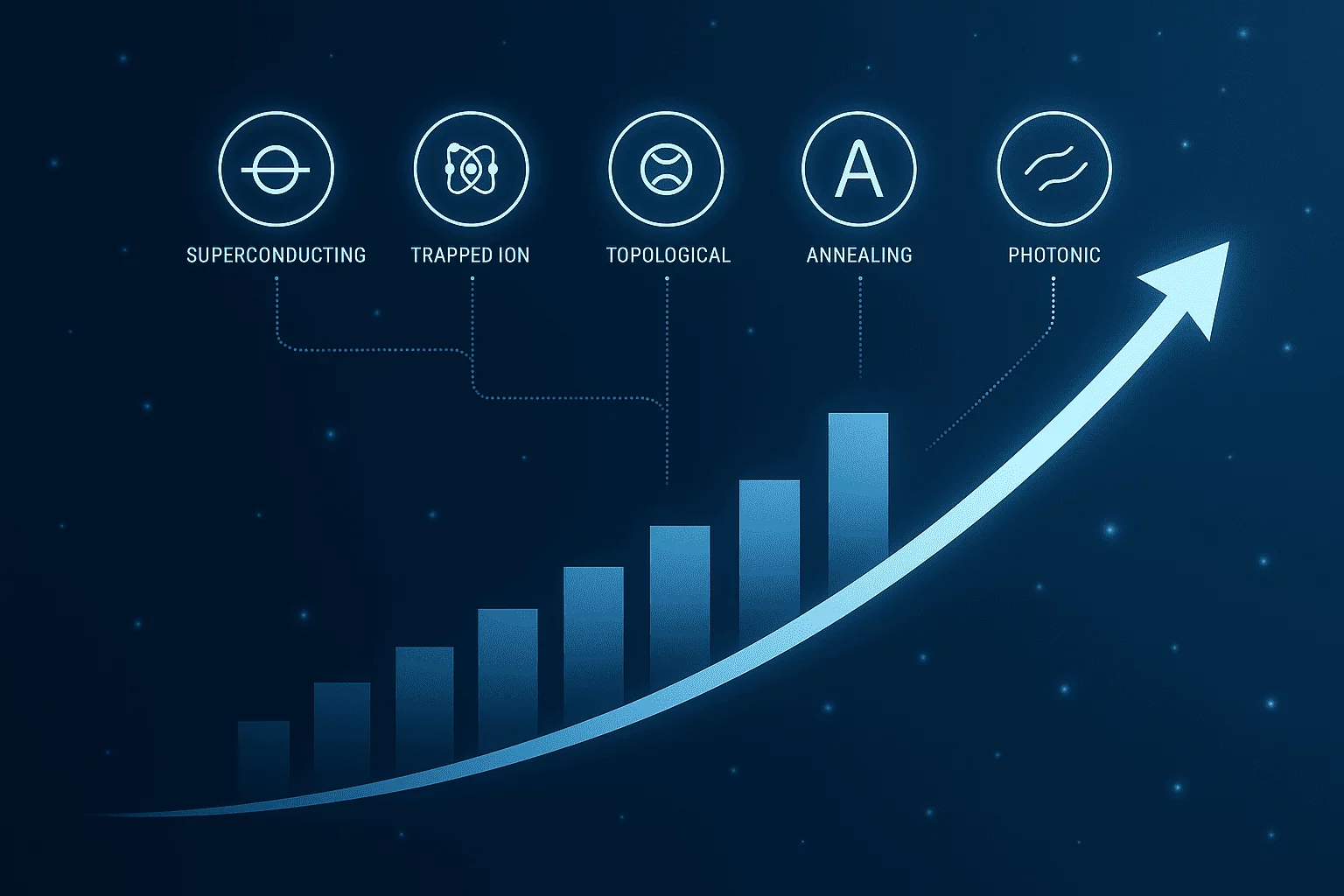Procurement has come a long way from paper-based bids and clunky spreadsheets. In today’s volatile global economy—where supply chain disruptions, geopolitical conflicts, inflation, and ESG mandates are the norm—procurement professionals face immense pressure to be more than just cost-cutters. They must be strategic enablers, risk managers, and sustainability champions. Discover how AI is transforming in procurement and supply chain management. Learn about real-world applications, emerging tools.
Enter Artificial Intelligence (AI)—a game-changer that is redefining how procurement and supply chain management operate. AI isn’t just a buzzword anymore. It’s embedded in leading procurement platforms, powering everything from predictive analytics to supplier risk scoring and autonomous sourcing. With AI, organizations are not only optimizing their processes but also creating more resilient, agile, and intelligent supply chains.
In this blog, we’ll explore how AI is revolutionizing procurement, backed by facts, figures, and use cases. We’ll look at the most powerful AI tools in the field, analyze adoption trends, and conclude with a strategic perspective from Mattias Knutsson, a global procurement leader known for guiding multinational businesses toward digital transformation.
The Procurement Landscape Before AI
Before AI made its way into procurement, the process was largely manual, siloed, and reactionary.
- Supplier searches took weeks.
- Data lived in disconnected systems.
- Risk assessment was often instinctual, not data-driven.
- Spend analysis happened quarterly, not in real time.
These inefficiencies led to long cycle times, limited supplier visibility, and suboptimal decisions. In a global supply chain that demands speed and flexibility, these were costly limitations.
How AI Is Reshaping Procurement: Key Capabilities
Let’s dive into the core areas where AI is making the biggest impact in procurement.
1. Spend Analysis and Cost Optimization
AI algorithms analyze large datasets in seconds, detecting trends, anomalies, and opportunities. Tools like Coupa, Jaggaer, and GEP SMART use AI to consolidate spend data, classify categories, and recommend cost-saving actions.
Stat: Companies using AI-driven spend analysis tools report an average of 8-12% in annual cost savings, according to a 2024 Deloitte report.
2. Supplier Risk Assessment
AI evaluates real-time data—such as financial health, delivery reliability, ESG violations, and geopolitical news—to score supplier risk.
- Platforms like Scoutbee and Resilinc use natural language processing (NLP) to scan thousands of news sources and legal filings, flagging potential disruptions before they happen.
- Machine learning models rank suppliers based on multi-dimensional risk factors.
3. Autonomous Sourcing
AI-powered tools can autonomously identify the best suppliers, draft RFQs, and even negotiate contracts using AI-driven bots or digital assistants.
Example: Siemens reduced their sourcing cycle by 38% using AI automation embedded in SAP Ariba.
4. Contract Management
AI tools like Evisort and Icertis extract critical clauses from thousands of contracts, identify compliance risks, and suggest renegotiation opportunities.
- With AI, contract analysis time drops from hours to minutes, freeing legal and procurement teams for strategic tasks.
5. Predictive Demand and Inventory Planning
AI predicts demand spikes and supply gaps using real-time data from weather patterns, consumer behavior, and global trade indices.
- Companies like Unilever and PepsiCo use AI models to optimize inventory and reduce waste, improving their sustainability metrics.
Real-World Use Cases of AI in Procurement
| Company | AI Tool Used | Outcome |
|---|---|---|
| DHL Supply Chain | Blue Yonder | 26% improvement in forecasting accuracy |
| IBM | Watsonx for Procurement | 45% faster sourcing decisions across multiple categories |
| Unilever | Custom AI system | 15% reduction in procurement costs across packaging materials |
| Maersk | Resilinc + internal AI | Identified 3-tier supplier risks weeks in advance |
Benefits That Go Beyond Efficiency
The ROI of AI in procurement extends far beyond speed or savings.
1. Agility
AI enables faster decisions with more confidence. In crisis scenarios—like COVID-19 or the Suez Canal blockage—AI can flag at-risk suppliers and suggest alternatives in real-time.
2. Resilience
AI identifies weak links in global supply chains. A 2023 McKinsey report found that companies using AI for supply risk mitigation were 50% more resilient during major disruptions.
3. Sustainability
AI tools help organizations choose suppliers based on ESG performance, not just cost. Tools like EcoVadis integrate with procurement suites to prioritize ethical sourcing.
4. Compliance and Fraud Detection
AI automatically flags unusual invoice patterns or non-compliant behavior, protecting companies from regulatory fines and reputational risk.
AI Adoption Trends in Procurement
The trend is accelerating:
- According to Gartner, 75% of large enterprises will use AI in at least one procurement function by 2026.
- IDC forecasts global spending on AI in procurement to reach $9.8 billion by 2025, up from $4.3 billion in 2022.
- EY’s 2024 survey found that 68% of Chief Procurement Officers (CPOs) now view AI as “critical” to their transformation roadmap.
The main barriers? Data quality, change management, and upskilling teams to use AI effectively. Leading organizations are addressing this by investing in data lakes, AI literacy programs, and cross-functional collaboration between procurement and IT.
The Human-AI Balance: Procurement Is Still About People
AI will never replace the human judgment required in complex negotiations, supplier relationships, or ethical decisions. Instead, it augments human capability.
Procurement leaders must now evolve into AI-literate strategists—able to interpret machine outputs and integrate them into business context.
“AI helps you see around corners. But it’s still the CPO who decides when to turn.” — EY Global Procurement Study, 2024
Conclusion:
As we navigate the next era of supply chain complexity, one truth is clear: AI is no longer optional—it’s essential. It’s not about replacing humans; it’s about enabling better decisions, faster responses, and stronger resilience.
Mattias Knutsson, a Strategic Leader in Global Procurement and Business Development, sums it up perfectly:
“AI is not just a tool—it’s a lens that sharpens the entire procurement function. It empowers teams to think beyond transactions and start influencing strategy. At a time when resilience, transparency, and ESG goals are board-level issues, AI brings clarity where chaos once ruled.”
Knuttson believes that companies embracing AI in procurement will be the ones that lead industry transformation, not react to it. He encourages organizations to treat AI not as a project, but as a strategic mindset—one that combines data, design thinking, and human empathy to build future-proof supply chains.





